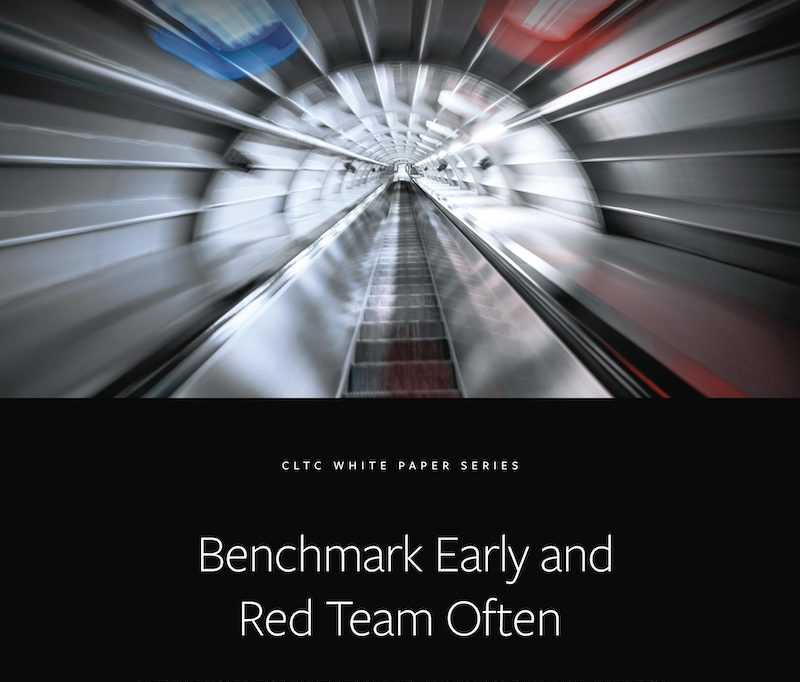
A new CLTC white paper, “Tech Has an Attention Problem,” by Aileen Nielsen, examines the potential harms of the technology industry’s widespread practice of “attention harvesting,” using algorithms and other techniques to maximize the amount of time consumers spend using their technology products.
The paper, Nielsen writes, “addresses a category of costs and potential harms that has not yet been adequately contemplated by law and policy communities: the pervasive, unregulated, undercompensated, opaque, and often harmful harvesting of human attention that results from design decisions made to optimize for the interests of owners of digital infrastructure, without regard to the wellbeing of consumers.”
Currently a PhD Student at the ETH Zurich’s Center for Law & Economics and a Fellow in Law & Tech, Nielsen studies regulatory and judicial responses to technological innovation, using both empirical and experimental methods. She has previously practiced law and pursued a degree in solid state physics, and she has worked at a variety of tech startups, including healthcare and political organizations. She holds a J.D. from Yale Law School and a B.A. from Princeton University.
In the paper, which was presented during a 2020 CLTC symposium, Nielsen argues for the development of “attention metrics” that can help quantify the harms of ubiquitous technological tactics designed to capture and hold users’ attention. She shares examples of how human attention is “under attack” in digital products, and how diverse attention harms — including cognitive harms, temporal harms, distraction harms, and awareness harms — could map onto various branches of law.
“Imagine that, rather than measure engagement for a social media platform, one could measure the resulting disengagement from work, social life, or family life,” she writes. “Documenting the temporal and other attentional costs of using a product will likely bring more clarity to the highly opaque and manipulated nature of many digital products. Recognizing that attentional harms are likely commonly occurring — and pairing this recognition with a metric for attentional costs — will further add clarity.”

As part of her research, Nielsen conducted an experiment designed to measure likely marketplace reactions to warning labels based upon potential attention metrics. In the study, Nielsen presented participants with diverse labels indicating how using a fictional app, “RikRok,” might consume their time and attention. Her findings suggest that such “warning labels” would indeed reduce consumers’ interest in downloading apps that are designed to harvest attention.
Nielsen’s paper also proposes policy measures that could be implemented based upon attention metrics. “Legal and regulatory use of attention metrics could pave the way to more descriptive and accurate empirical methodologies for assessing consumer welfare in digital environments,” Nielsen writes. “Such methods could be applied to urgent and ongoing debates and legal investigations regarding consumer welfare and antitrust.” Examples of potential policy approaches include:
- Labeling requirements, to make the attention costs of a product transparent before use;
- Inclusion of attention cost criteria in auditing requirements for digital products, such as those proposed for algorithmic impact assessments;
- Use of attention metrics to render harms from digital products “concrete and particularized,” as may be necessary to gain access to federal courts; and
- Taxation of attention-harvesting activities, to disincentivize careless use of attention harvesting and to more accurately tax value-creation and income in modern attention economies.
“The development of attention metrics,” Nielsen writes, “can serve as a first step to engage systematically with the widespread practice of attention harvesting, contemplate potential welfare effects at the individual and social levels, and pave the way towards exploring, if justified, regulatory interventions to enhance consumer well-being.”




